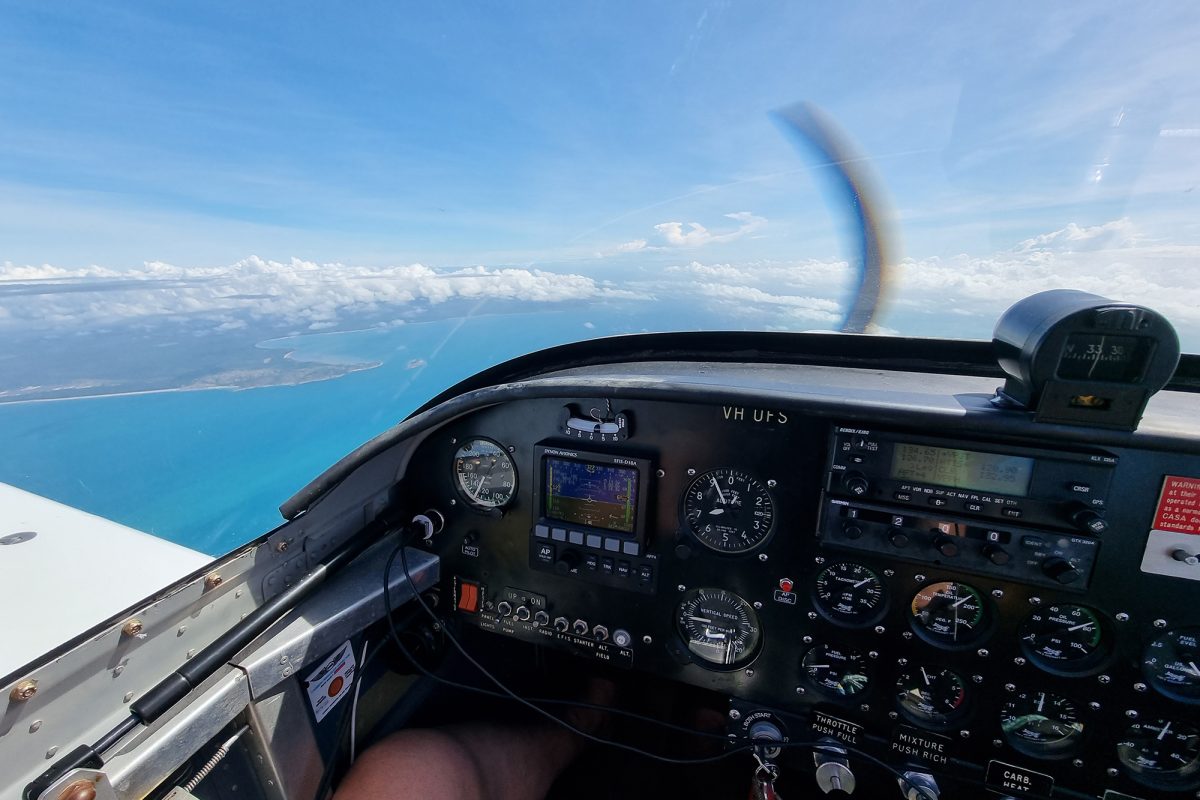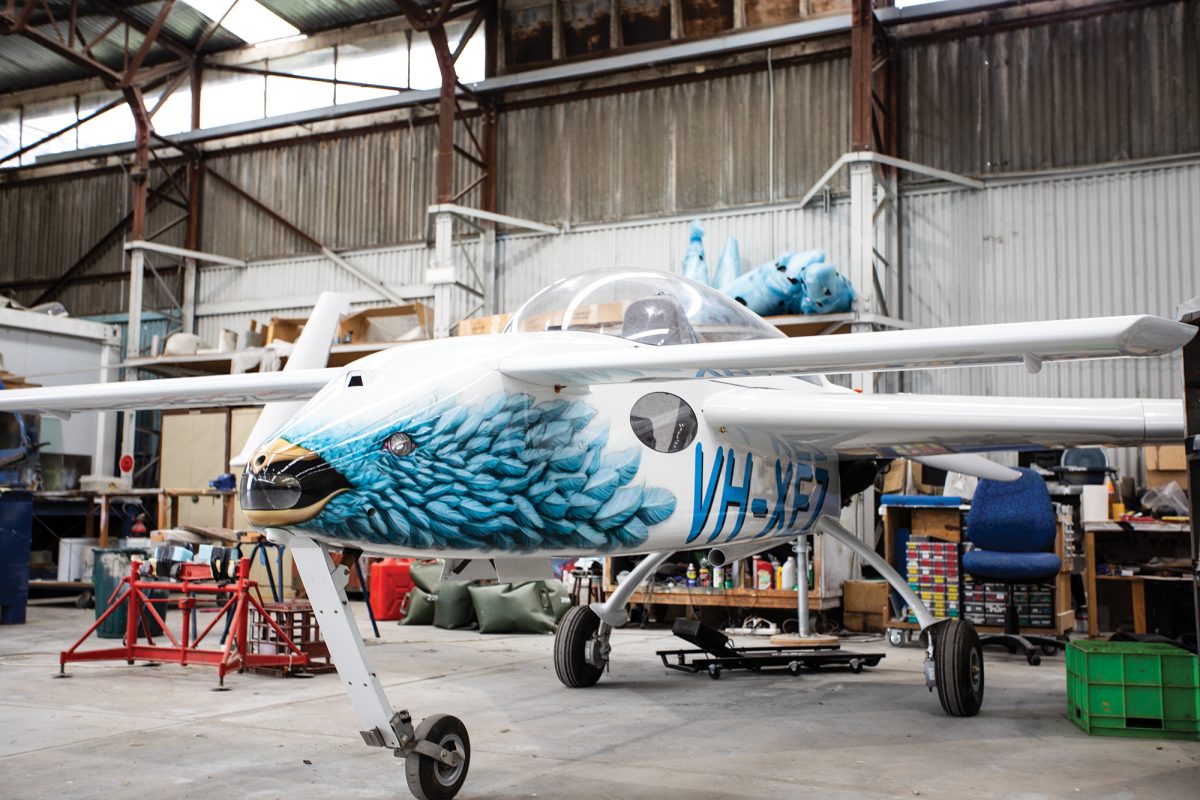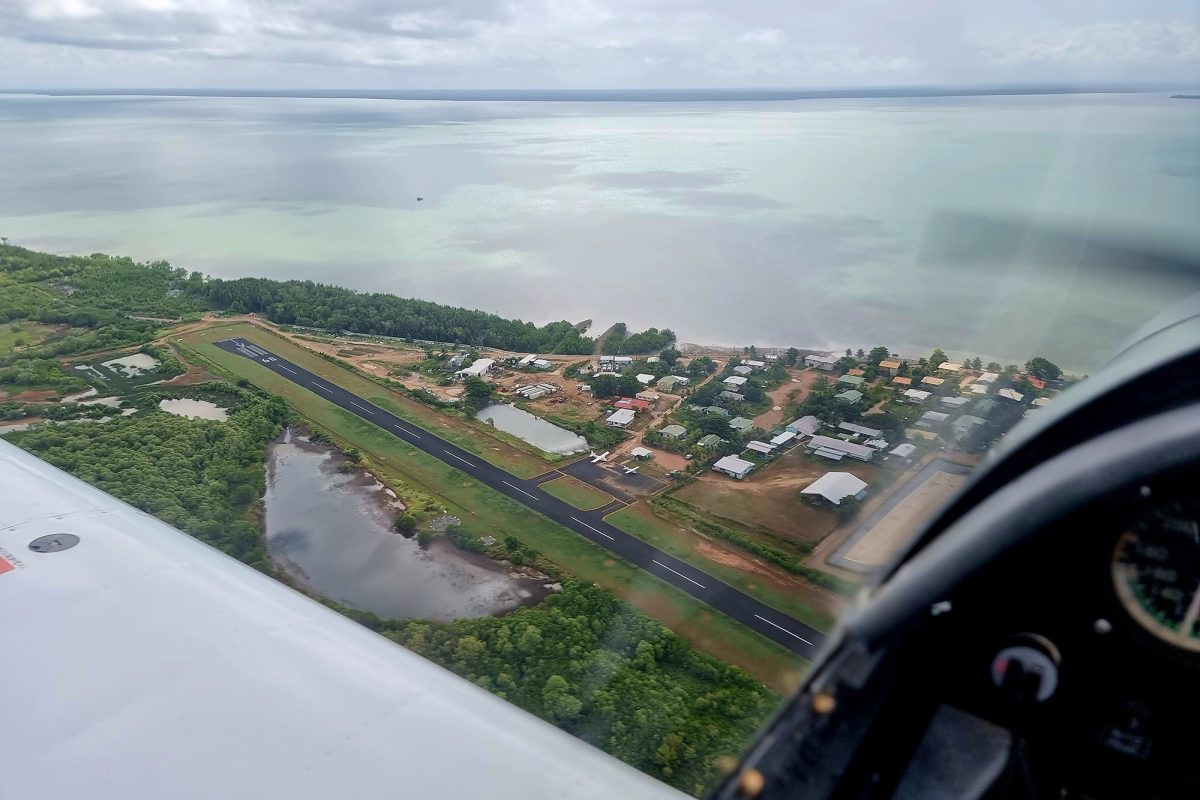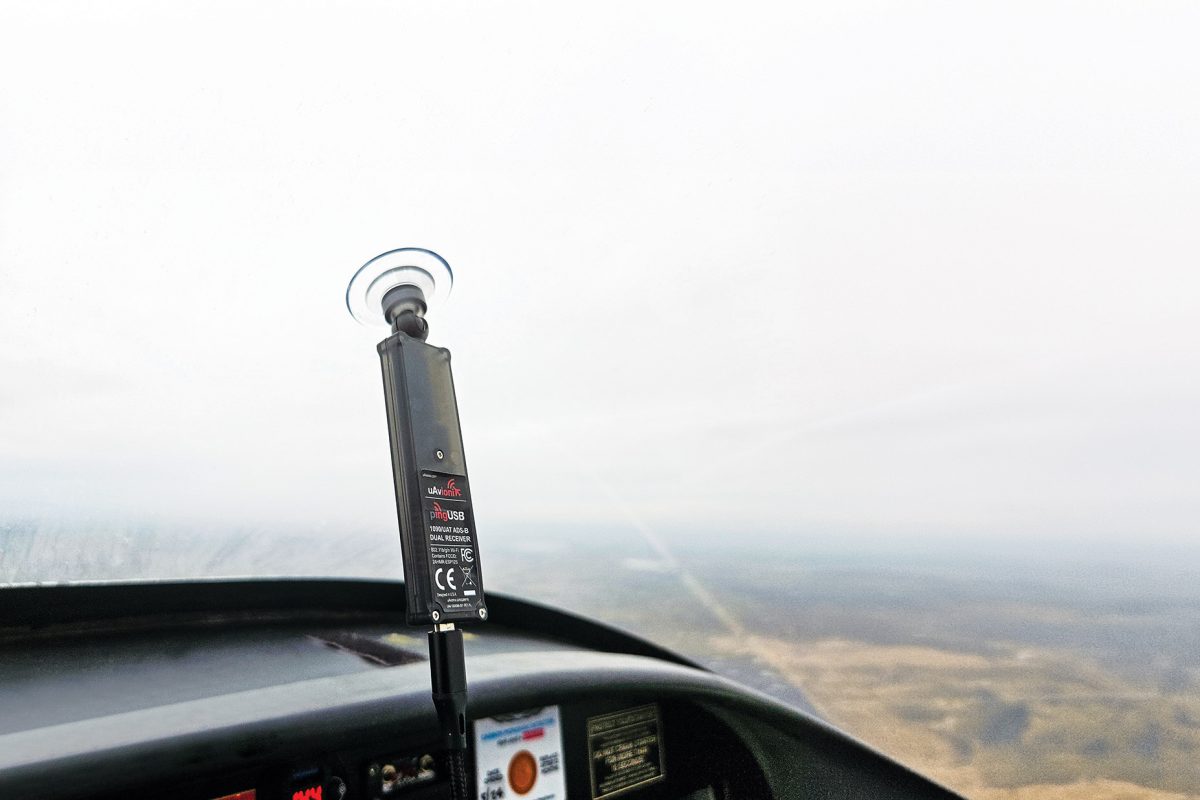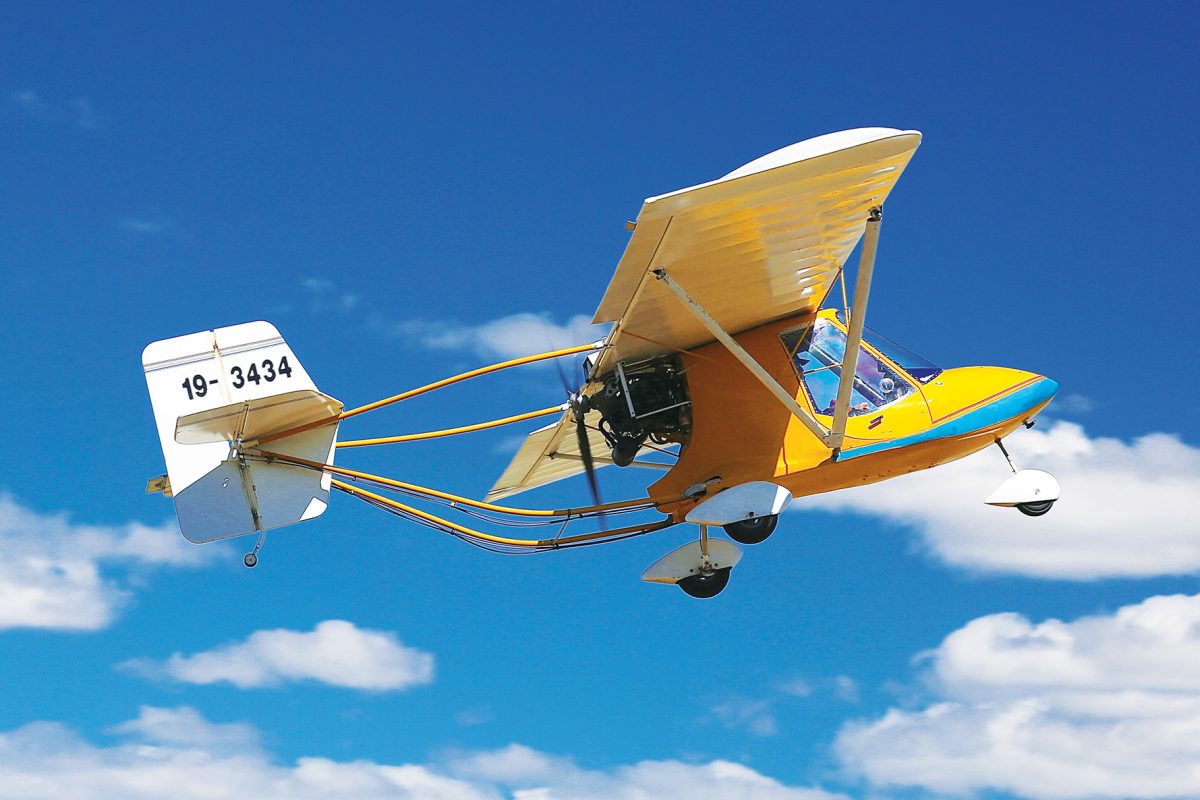WHEN IT’S TIME TO FLY AGAIN, MAKE SURE YOUR
AIRCRAFT DOESN’T BECOME PART OF THIS YEAR’S
AVIATION NIGHTMARE.
Although sport aviation was allowed during the COVID-19 winter of 2020, lockdowns across the country meant many aircraft went unused. Returning to the sky has to be more than a Sunday afternoon spurof-the-moment decision. Air transport operators already know this.
Incidents involving engine shutdowns, partial power loss and unreliable airspeed indication have been recorded in aircraft recently taken out of long-term storage. It’s as though these complex machines are waking up grumpy after a long sleep.
This is also a potential safety issue for sport and general aviation aircraft. Despite the vast difference in complexity between these and commercial aircraft, some of the same precautions need to be taken to prevent engines, airframes and avionics from dangerous deterioration.
REST AND RECOVERY
In aircraft as with people, there are two ways to avoid waking up with a headache. They are comfortable storage and considerate awakening.
STORAGE
Unused aircraft fare better in dry climates than humid maritime climates because dry air provides less opportunity for corrosion, mould growth and fuel contamination. Over the long term however, dry air is more likely to dehydrate rubber and plastic seals.
Aircraft should ideally be parked or stored on a flat surface with the nose pointing in the direction of the prevailing winds to limit the effect of wind gusts on the aircraft. Wheels should be chocked and the pilot’s operating handbook or aircraft maintenance manual should be your guide on whether parking brakes should be engaged or left off.
Pitot heads must be covered with tightly sealing conspicuously tagged covers. Poorly fitting covers could allow moisture or insects into the pitot static system while giving the impression that it has been protected.
Aircraft should be electrically grounded to protect their avionics from static electricity build-up or (the admittedly unlikely possibility of) lightning strike.
CASA Airworthiness Bulletin 85-021 Issue 1 – 29 March 2017 has useful information on preservation of unused piston engines that you can use in conjunction with the manufacturer’s recommendations, which should be your first reference.
Airworthiness Bulletin 85-121 says aircraft piston engines last longest with regular use and maintenance. Corrosion and contamination can begin within a few days for aircraft stored in humid coastal locations, but engines stored in more favourable conditions can go several weeks between flights without ill effects.
The bulletin says some preservation measures do more harm than good to aircraft piston engines.
“Engine ground running is not a substitute for regular flying; in fact, the practice of ground running will tend to aggravate rather than minimise the corrosion condition,” the bulletin says, arguing that short lowpower engine ground runs do not heat the engine enough to vaporise water in the oil and therefore promote, rather than inhibit, condensation.
The practice of pulling engines through by hand merely wipes the protective film of oil from an engine’s cylinders, cams and followers, increasing the potential for corrosion and causing increased wear when the engine is started again.
AWAKENING
The consequences of several months’ hibernation on the ground may include:
- Low tyre pressures
- Low battery voltage
- Fluid leaks and/or low levels
- Corrosion
- Insects/nests, especially in pitot/static ports
- Rodent damage to wiring
- Bird nests
- Dust on airframe and windows
- Expired emergency and first aid kit items.
Each of these should be checked and remedied, if necessary, before you fly the aircraft.
While you’re running checklists, don’t forget yourself. It’s been a hard few months for many of us and emotional and financial strain will have had effects. CASA’s Fit to Fly page has this personal/ planning checklist:
Physical health: If unwell, do not fly. Exercise heightened caution if taking prescription or retail medications. Obey directions on medication packaging. Seek DAME advice if in doubt.
Mental health: Assess effects of financial or emotional stress caused by lockdown on your decision-making ability, fatigue level and fitness to fly.
Data sources: Check EFBs and maps are up-to-date.
Licence document: Check to ensure your proficiency checks and flight reviews are valid or you meet CASA’s exemption rules.
Medical certificate: Check your certificate is appropriate for your flight and, if it has expired, that you are meeting the exemption rules.
Currency: Make sure you meet your currency requirements or any CASA exemptions.
Competency: Make your first flight back something you would be comfortable with. Avoid making it overly complex. If needed, brush up on your skills by engaging with your local flying instructor.
Rehearse your flight: Mental practice or ‘chair flying’ has been shown to sharpen skills and responses.
Weather: Don’t make things harder and more hazardous by making your first flight on a day when the weather is challenging, you can wait a little longer. Familiarise yourself with forecasts at the Bureau of Meteorology – Knowledge Centre.
Alternates: Check you meet all applicable alternate requirements (fuel, weather, lighting, navaids). If your flight is across state borders, check this is legal (information about state and territory border closures is available via australia.gov.au).

